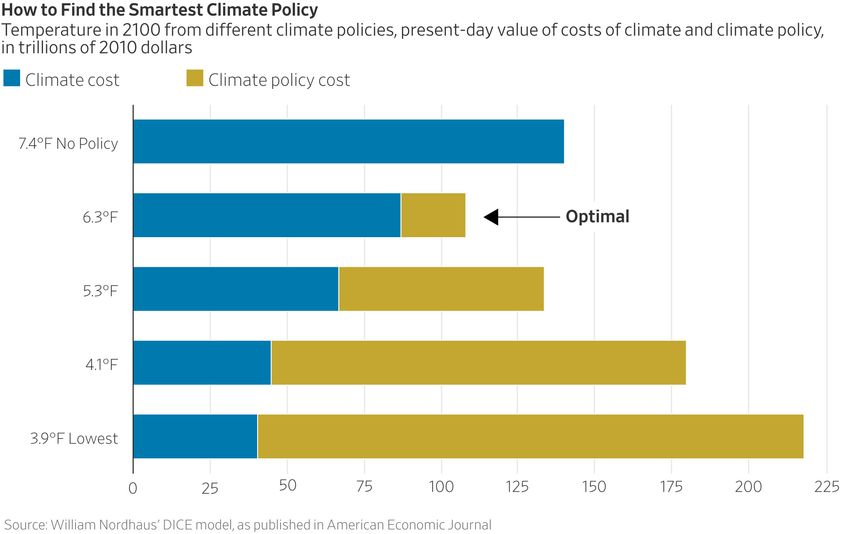(p. A17) Mr. Levy, 53, says he doesn’t see the supply chain’s “unprecedented crisis” ending before 2023. He’s chief economist for Flexport, a San Francisco-based tech company for global-logistic services.
. . .
The typical transit time for a container in pre-pandemic days was 71 days, Mr. Levy says. That’s how long it took for a full container to depart from Shanghai; discharge in Los Angeles; proceed to a warehouse near, say, Chicago; get trucked empty back to California; and then return to Shanghai. The current transit time is 117 days or more. The greatest delays are in the U.S., owing to port bottlenecks and trucking shortages. The Los Angeles to Chicago leg, for instance, now takes 22 days, 12 more than before. It takes 33 days for the empty container to return to California, compared with 20 in the old days.
Not only does it take much longer to import goods, it’s also become eye-wateringly expensive. “Where it might have cost $1,500 to move a container across the Pacific,” Mr. Levy says, “you’re seeing them go for more like $15,000 per container.”
This surge in transport costs has hit lower-value goods hardest and made quick restocking all the more of a challenge. Mr. Levy talked to a company that sells office supplies. “They were moving a container whose contents were in the order of $15,000 in value. Well, if that now costs $15,000 to move, you have a problem, right?”
. . .
The key question: “When will we start seeing people behave the way they used to in their consumption?” It’s possible we won’t. “People are creatures of habit,” Mr. Levy observes, and the pandemic has led them to take on new habits. So far, at any rate, “we have not seen a reversion to the previous patterns.”
The supply-chain crisis, Mr. Levy contends, has no parallel in history. We’ve had shocks before, such as the oil crisis of 1973. But “global-trade liberalization and distributed specialization,” allied to an ease of shipping and transport, fueled by ideas like “just-in-time inventory”—that’s all new.
. . .
There are specific short-term measures that governments can take, such as liberalization of trucking rules, traffic control, land-use regulation for stacking containers and port-opening hours. But Mr. Levy is “loath to put a small subset of these forward as a panacea.”
For the full interview, see:
Tunku Varadarajan. “THE WEEKEND INTERVIEW; An Insider Explains the Supply-Chain Crisis.” The Wall Street Journal (Saturday, Dec. 18, 2021): A17.
(Note: ellipses added.)
(Note: the online version of the interview has the date December 17, 2021, and has the same title as the print version.)


